Mechanical cues rewire lipid metabolism and support chemoresistance in epithelial ovarian cancer cell lines OVCAR3 and SKOV3
- PMID: 40264231
- PMCID: PMC12016438
- DOI: 10.1186/s12964-025-02144-9
Mechanical cues rewire lipid metabolism and support chemoresistance in epithelial ovarian cancer cell lines OVCAR3 and SKOV3
Abstract
Epithelial ovarian cancer (EOC) is one of the deadliest cancers in women, and acquired chemoresistance is a major contributor of aggressive phenotypes. Overcoming treatment failure and disease recurrence is therefore an ambitious goal. Ovarian cancer develops in a biophysically challenging environment where the cells are constantly exposed to mechanical deformation originating in the abdomen and shear stress caused by the accumulation of ascitic fluid in the peritoneal cavity. Therefore, mechanical stimulation can be seen as an inseparable part of the tumor microenvironment. The role of biomechanics in shaping tumor metabolism is emerging and promises to be a real game changer in the field of cancer biology. Focusing on two different epithelial ovarian cancer cell lines (SKOV3 and OVCAR3), we explored the impact of shear stress on cellular behavior driven by mechanosensitive transcription factors (TFs). Here, we report data linking physical triggers to the alteration of lipid metabolism, ultimately supporting increased chemoresistance. Mechanistically, shear stress induced adaptation of cell membrane and actin cytoskeleton which were accompanied by the regulation of nuclear translocation of SREBP2 and YAP1. This was associated with increased cholesterol uptake/biosynthesis and decreased sensitivity to the ruthenium-based anticancer drug BOLD-100. Overall, the present study contributes to shedding light on the molecular pathways connecting mechanical cues, tumor metabolism and drug responsiveness.
Keywords: BOLD-100; Lipid metabolism; Mechanosensitive transcription factors; Mechanotransduction; Ovarian cancer; SREBP2; YAP1.
© 2025. The Author(s).
Conflict of interest statement
Declarations. Ethics approval and consent to participate: Not applicable. Consent for publication: Yes. Competing interests: The authors declare no competing interests.
Figures
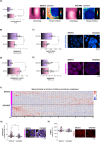
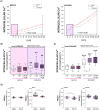
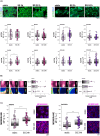
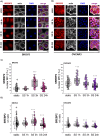
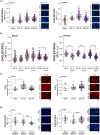
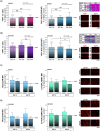
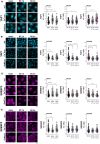

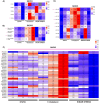
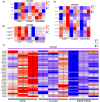

Similar articles
-
The SP1-12LOX axis promotes chemoresistance and metastasis of ovarian cancer.Mol Med. 2020 May 6;26(1):39. doi: 10.1186/s10020-020-00174-2. Mol Med. 2020. PMID: 32375633 Free PMC article.
-
The mechanical microenvironment regulates ovarian cancer cell morphology, migration, and spheroid disaggregation.Sci Rep. 2018 May 8;8(1):7228. doi: 10.1038/s41598-018-25589-0. Sci Rep. 2018. PMID: 29740072 Free PMC article.
-
Progranulin expression induced by follicle-stimulating hormone in ovarian cancer cell lines depends on the histological subtype.Med Oncol. 2020 May 30;37(7):59. doi: 10.1007/s12032-020-01383-9. Med Oncol. 2020. PMID: 32474861
-
Potential role of the HOXD8 transcription factor in cisplatin resistance and tumour metastasis in advanced epithelial ovarian cancer.Sci Rep. 2018 Sep 7;8(1):13483. doi: 10.1038/s41598-018-31030-3. Sci Rep. 2018. PMID: 30194340 Free PMC article.
-
Spotlight on New Hallmarks of Drug-Resistance towards Personalized Care for Epithelial Ovarian Cancer.Cells. 2024 Mar 31;13(7):611. doi: 10.3390/cells13070611. Cells. 2024. PMID: 38607050 Free PMC article. Review.
Cited by
-
Retrograde rearrangement of mitochondria correlates with nuclear deformation and genotoxic damage.iScience. 2025 Jun 19;28(8):112955. doi: 10.1016/j.isci.2025.112955. eCollection 2025 Aug 15. iScience. 2025. PMID: 40727930 Free PMC article.
References
-
- Shieh AC. Biomechanical forces shape the tumor microenvironment. Ann Biomed Eng. 2011;39(5):1379–89. - PubMed
-
- de Visser KE, Joyce JA. The evolving tumor microenvironment: from cancer initiation to metastatic outgrowth. Cancer Cell. 2023;41(3):374–403. - PubMed
-
- Follain G, et al. Fluids and their mechanics in tumour transit: shaping metastasis. Nat Rev Cancer. 2020;20(2):107–24. - PubMed
MeSH terms
Substances
LinkOut - more resources
Full Text Sources
Medical

